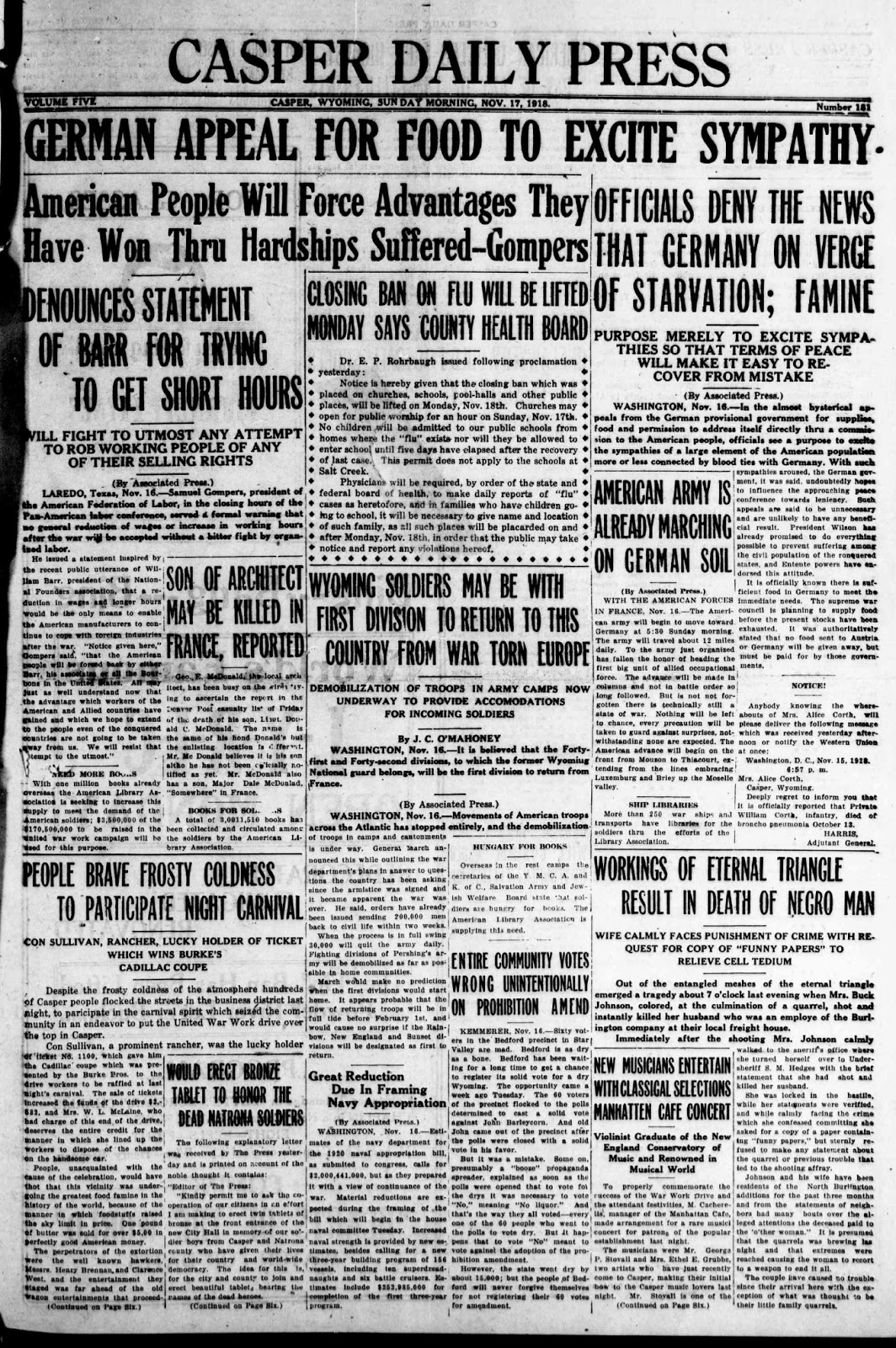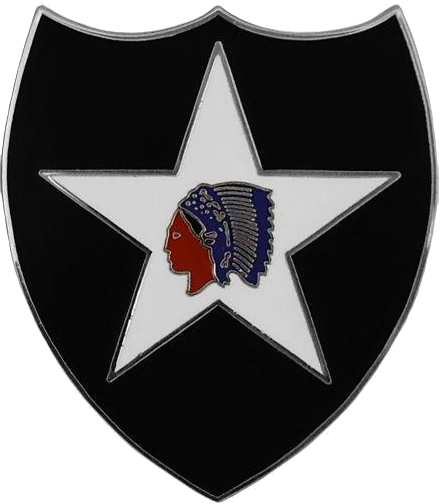An odd thought occurred to me yesterday after posting this item, for which I've reset out the photograph below.
Canadian soldiers of the Canadian Special Operations Forces marching past sailors and airmen of the Canadian Navy and the Royal Canadian Air Force. This Canadian Army photo is about the only one available to illustrate the new service uniform of the unit which is distinctly different from the Canadian Army's in cut and color. It's odd to realize the extent to which an American uniform is adopted here by a military that really doesn't like to be confused with American services as everything about the uniform except for the beret and the insignia recalls an American World War Two item. It's also interesting to note the extent to which World War Two uniform items have been either retained or brought back into use by various armies. . . indeed nearly every army that fought in World War Two.
Now that the U.S. Army, in late 2018, did what the Canadian Special Operations Force did in 2017, how are you going to tell who is who when they're in their pink & green uniform?
It won't be easy, at a distance. And headgear has a lot to do with that.
Now, with the American uniform, troops are authorized to wear the wheelhouse cap or the garrison cap, but they're also authorized to wear the beret.
Now, as I've commented on it from time to time, I'll be frank on what everyone already knows. I hate berets. They're just silly headgear. But I will concede that they look sharp in some military applications. And those applications, in my view, are in other armies, not the American Army. Americans don't know how to wear berets and they look weird when they do.
But they've come into U.S. use and they don't seem to be leaving anytime soon, unfortunately. In fact, beret coloration is expanding.
While I know that I've posted on it before, I'll briefly recap here, so that my comments above make sense. The U.S. Army first used berets in 1956 when the Special Forces started wearing them in a green coloration that soon came to identify them. That first use was unauthorized but it soon came to be approved.
Special Forces troops in 1956 before the wearing of the beret was authorized. These were obviously private purchase and lacked the stiffner that later U.S. berets featured.
The color was "Rifle Green" which is a color the British also had used for awhile, but not for commandos. It was really close, however, to the British "Commando Green" which was worn by the Special Boat Service, one of several British special forces units created during World War Two, albeit one that was part of the British Marines.
The similar coloration was no doubt intentional as the British really brought their style of beret, which is generally what the U.S. and Canada both use, into military use when it adopted berets early in World War Two. The French had been wearing a differently pattern for a long time for their mountain troops, the Chasseurs Alpine, but that pattern is both huge and distinct. By going with the British style beret and the dark green color, the Special Forces were intentionally adopting the British coloration and use. That other British units use green berets of other shades was apparently not noticed or, because there was no intent to adopt berets for general use at the time, simply not worried about.
It's odd, however, that tan or khaki wasn't chosen, as we'll see.
Special Forces Warrant Officer in blue dress uniform wearing the Special Forces Rifle Green colored beret. Note the crossed arrows that are the symbol of this branch.
Canada, it might be noted, also has a green beret in a dark shade, that being Canadian Forces Green. It's issued to every soldier in the Army who doesn't wear a different shade, in keeping with the post World War Two effort of the Canadian Army to have a distinct looking uniform. In their current dress uniform, therefore, they look just like U.S. Army members of the Special Forces back when the U.S. Army Class A uniform was the Army Green Uniform.
Oops.
Anyhow, the U.S. Army adopted the black beret for general use when berets went Army wide. We've discussed this before but this upset Rangers who had worn it unofficially in Vietnam, as had tankers in the 1970s. The tanker use actually also relied upon the prior British use going back to the 1920s, which was ironically copied soon thereafter by German tankers, in adopting black berets, something that probably reflected the grime present in armored vehicles. Canadian tankers also wear black berets, leaning on the British pattern.
German Panzerjaeger in 1989 wearing a black beret of the British pattern.
Indeed, British tankers were the first to wear the type of beret that has spread to general military use. It came about due to British tankers being exposed to French Chasseurs Alpine during World War One and deciding that their headgear would be handy for use in tanks. The British didn't like the giant French beret however, and redesigned the modern beret based on its style but using the Basque beret size, for a new pattern. The resulting beret is smaller and closer fitting than the American and Canadian ones.
The U.S. Army beret is in fact really close to the Canadian one but we never quite got the shape and size right. Some American troops, for that reason, buy the Canadian ones aftermarket, as they look better.
U.S. Army private shortly after the black beret was first authorized. The cut of the American beret has never been quite right.
This, therefore, meant that there was also a time when Canadian tankers in dress uniform looked identical to American regular soldiers of all branches, save the Special Forces and the Airborne, in dress uniform.
The Airborne of both nations, we'd note, was different as the United States also went with the British maroon beret for airborne, after the black beret came in, which the Canadians had been doing ever since World War Two when their troops served with the British airborne, who had adopted that color in one of the worst choices for military headgear of all time. It was particularly bad as red stands out and the British airborne had a very strange practice of wearing their berets in combat, which was very ill conceived. Canada doesn't have many paratroopers however so confusion would be unlikely, and the British beret looks quite a bit different when worn by a British soldier.
Brigadier General of the 82nd Airborne when the Army Combat Uniform was in use. It's photographs like this which show why the Army had adopted the pinks and greens as use of a combat uniform for a portrait shows that your dress uniform is really disliked.
All of this really upset Rangers who had unofficially had a beret at one time only to have the color co-opted by the Army for everyone. To rectify that situation, the Army adopted the tank beret.
Ranger Colonel in the ACU uniform with the tan beret.
And that's where we get back to our point.
The tan beret, like the green beret, went back to World War Two British commandos for inspiration, in this case the Special Air Service, the commando branch of the World War Two British Army (well. . one of them anyhow). They use that color and have since World War Two.
So does the Canadian Special Operations Forces, for obvious reasons. So does the Australian SAS. So did the Rhodesian SAS. In other words, everyone inspired by the British, have done the same.
Which means that American Rangers in the new Army Green Uniform will look just like the Canadian Special Operations Forces commandos in theirs.
Odd.
Well not quite identical. Or maybe not.
The Army is authorizing Airborne units to wear World War Two style russet paratrooper boots with their pinks & greens. The Canadian Special Operations Forces did the same in 2017. Will that extend to Rangers?
I don't know. But if it does, and I think it likely, that has to be a bit aggravating to the Canadians who got there first.
_________________________________________________________________________________
Postscript
As we've discussed every other sort of beret in use by the U.S. Army we ought to mention the new Security Forces Assistance Brigade, which is a military advisory group.
They wear brown. It's supposed to symbolize mud, i.e., "boots on the ground".
This is also the color, fwiw, worn by British cavalry units, or at least a couple of them, so there's obviously no intent to follow the British here. However, it was also the color used by Rhodesian Selous Scouts, which is a bit awkward.
One thing we noted here is that the Canadian Special Operations Forces are not a branch of the Canadian Army, but a separate force made up of members of other branches of the Canadian Forces. We also noted that the Canadian Forces in general have a beret and that originally the troops of the Special Operations Forces at one time wore the beret and insignia of the units they were drawn from, much like European mercenaries once did (oops). This same practice, we'd note, is sort of done now by the U.S. Security Forces Assistance Brigade in reverse. It includes members of the Air Force who wear that beret when serving with it.
French Chasseurs Alpine wearing their distinctive enormous blue beret. They also have a dress white giant beret. Blue is the same color worn by French air commandos.
Indeed, the Air Force has its own set of berets, some of which lean on the Army's colors. Air Force pararescue men wear maroon berets, which recalls the British Airborne's use of them and which is also done by the U.S. Army's airborne. They also use a scarlet beret for combat controllers for some reason, which is odd. That same color is the traditional color of the British military police who have worn a scarlet cap for eons and who now wear a scarlet beret. Canadian military police also wear a scarlet beret. In spite of that, the USAF policemen wear a dark blue beret. Oh well. The Boy Scouts at one time also wore a scarlet beret. Dark blue in British use is now the general issue beret, like the American black, for everybody who isn't otherwise issued one of the many colors they issue, replacing the khaki colored (OD) beret of World War Two in that use.

French Marine paratroopers (its complicated) wearing British style maroon berets. French Legionnaires wear green berets in all uses. French soldiers often wear remarkably inconsistent uniforms and this is an example. The soldier on the left is carrying a French pattern bayonet and wears combat boots that are based on the old U.S. M1943 type. The soldier on the right is carrying a bayonet of a different pattern that resembles one for a Soviet AKM. His combat boots are also two buckle boots but are of a different pattern.
Bizarrely, USAF Special Operations Weather Technicians have their own beret, and it's pewter grey. And Survival Operations and Escape specialist wear a sage green one.
USAF Survival and Escape specialist wearing a sage green, British style, beret. Note how closer fitting it is compared to the typical U.S. Army beret.
And their Survival Escape and evasion specialists wear a sage green beret for some reason.
Navy Seal, Vietnam War. The Seals have never had an official beret, but obviously at least a few of them wore them unofficially back in the day.
All of which is more than a little confusing.



















































